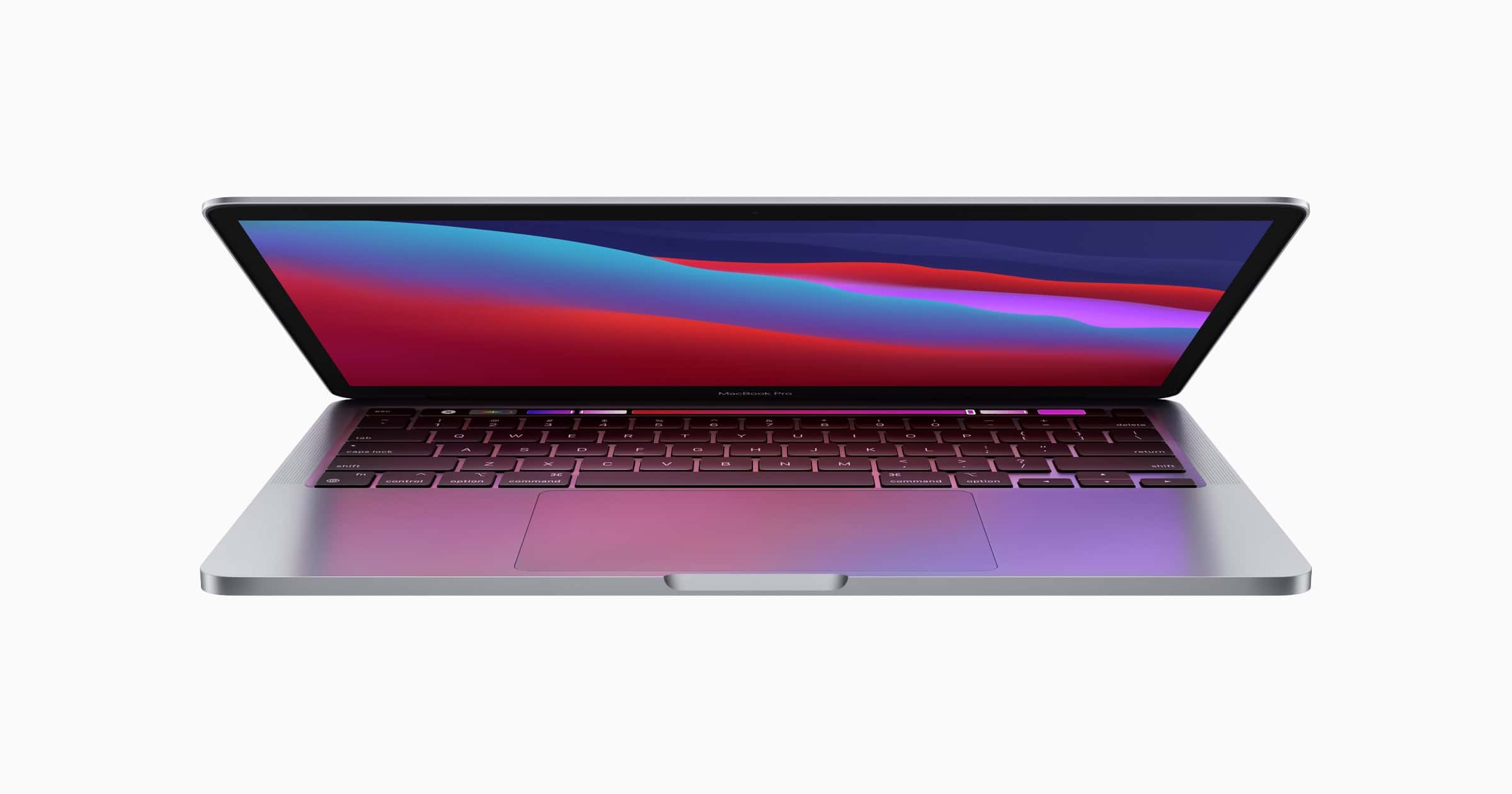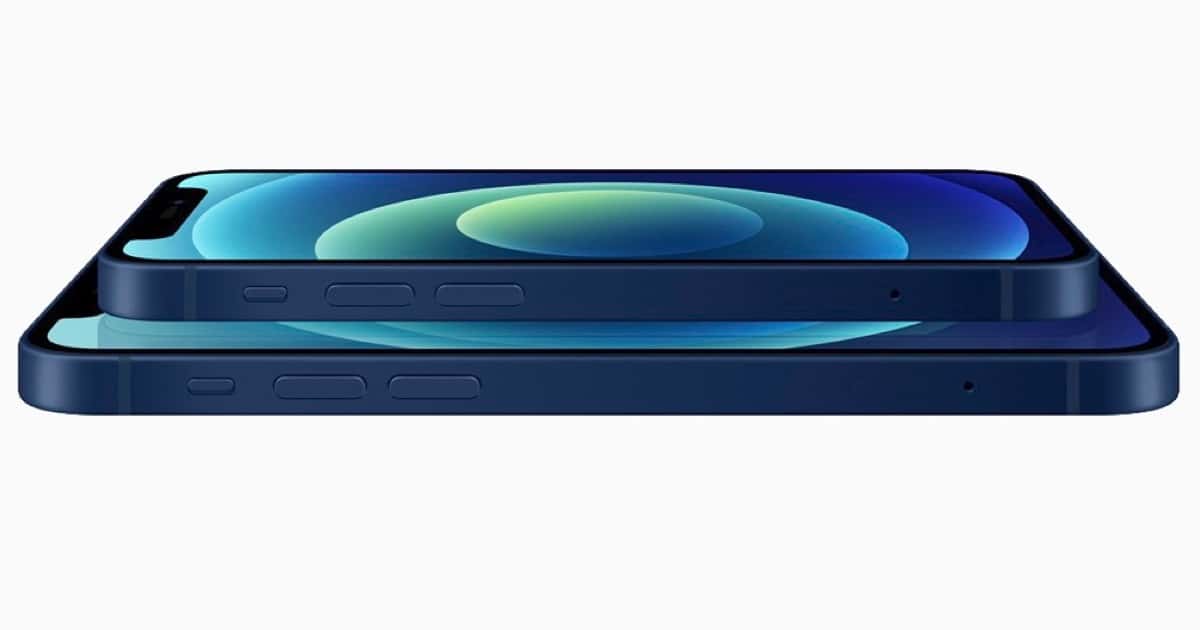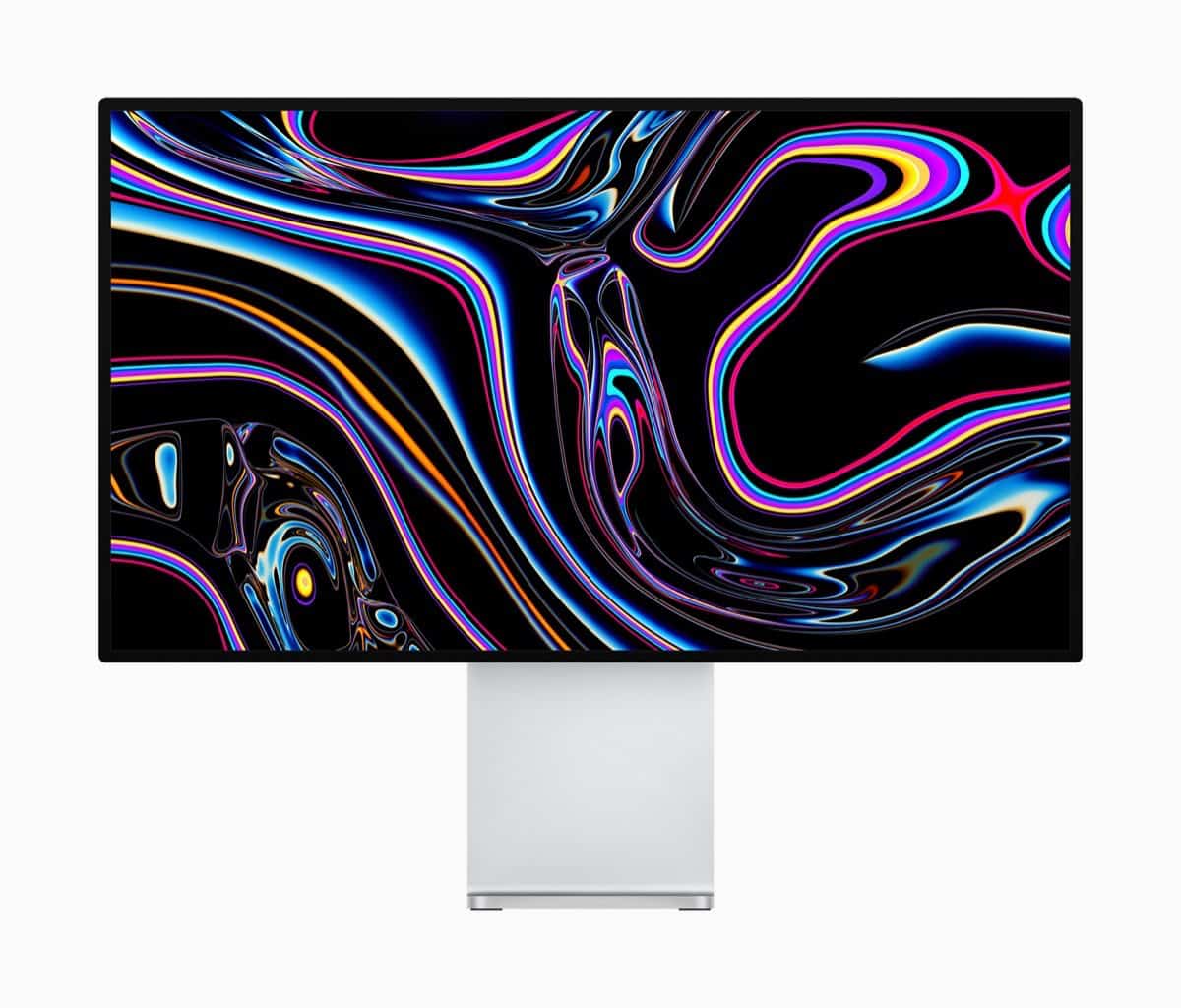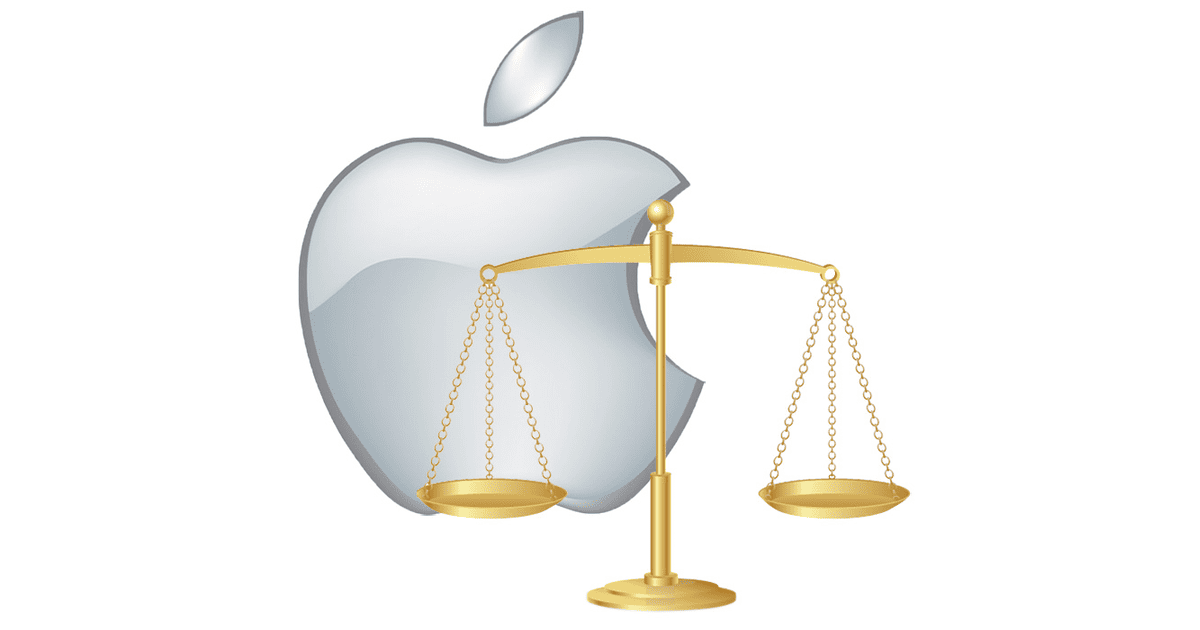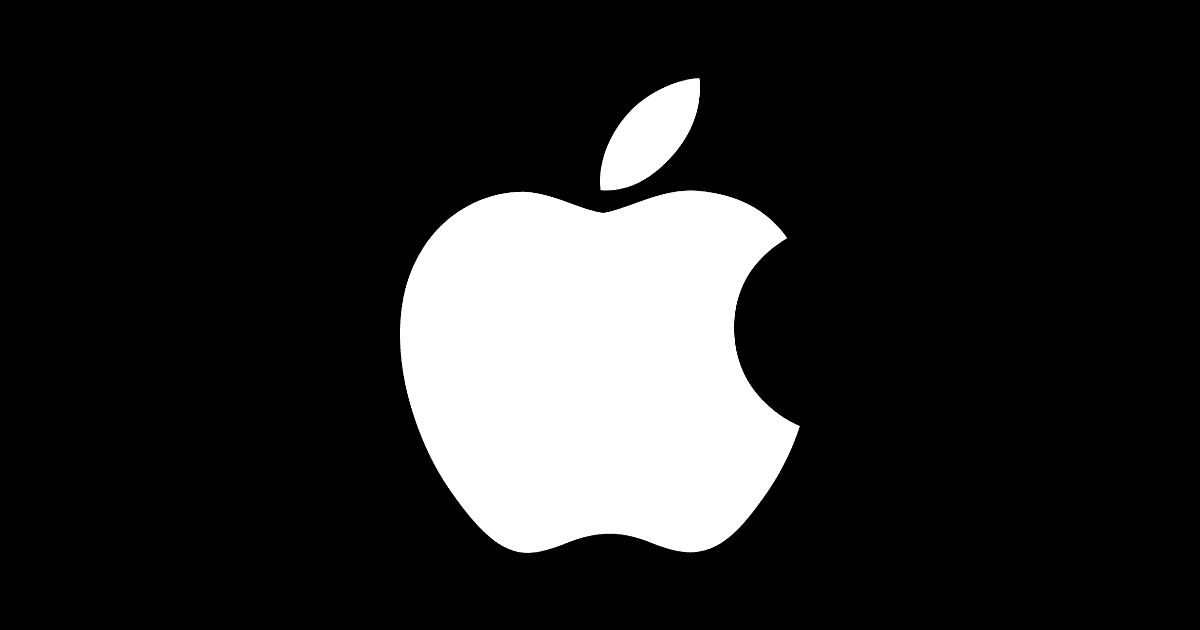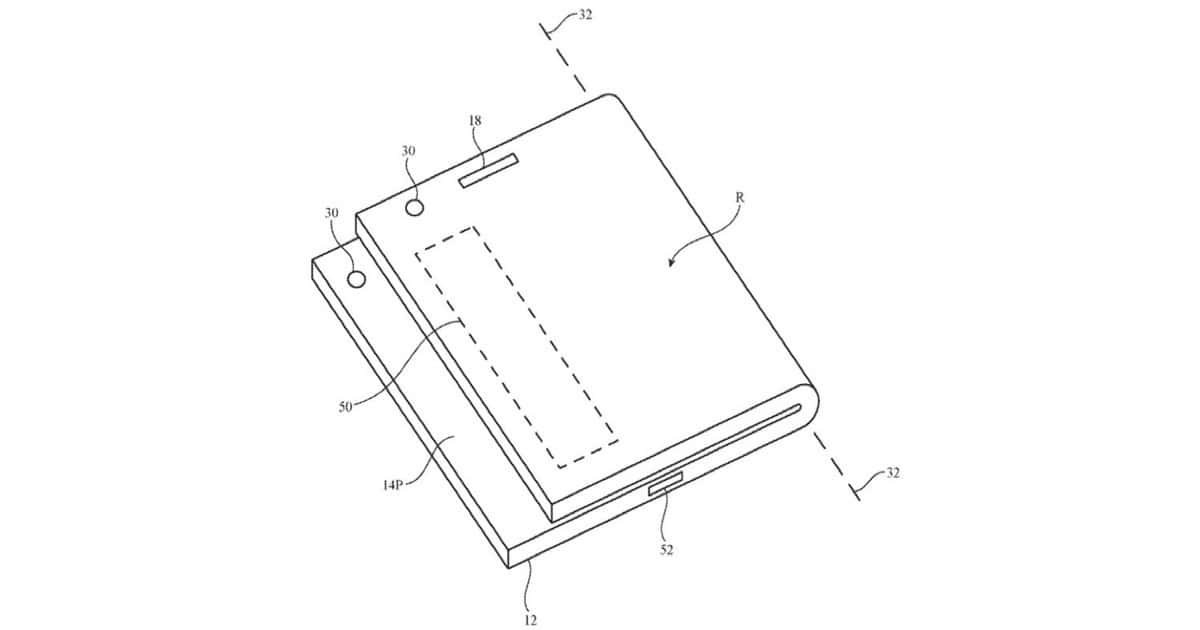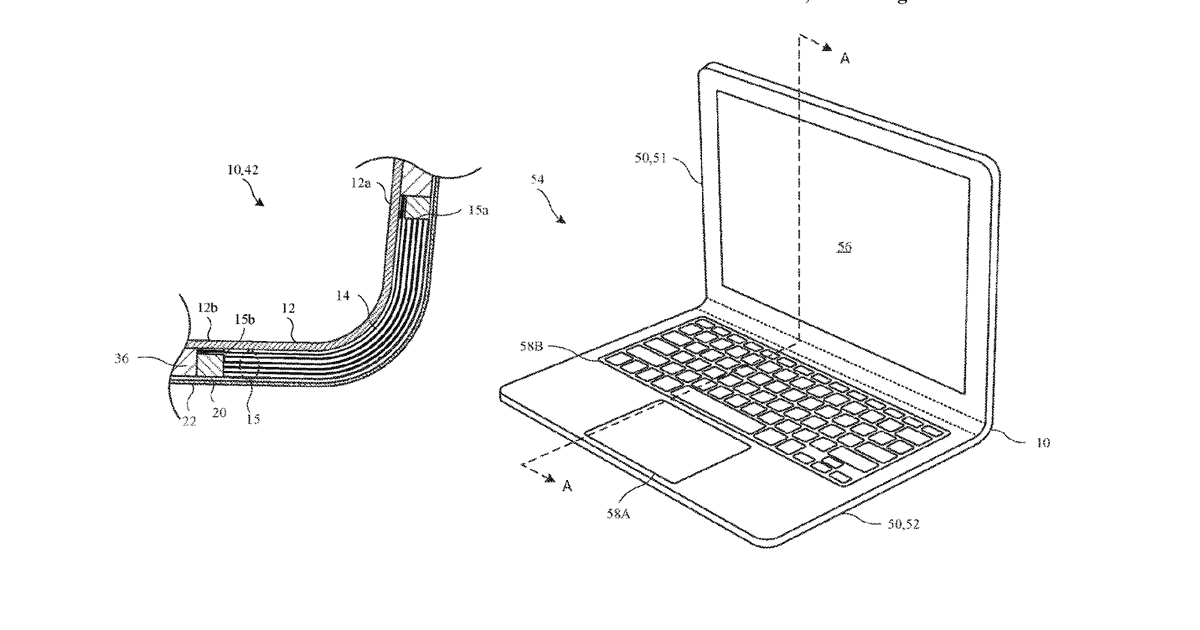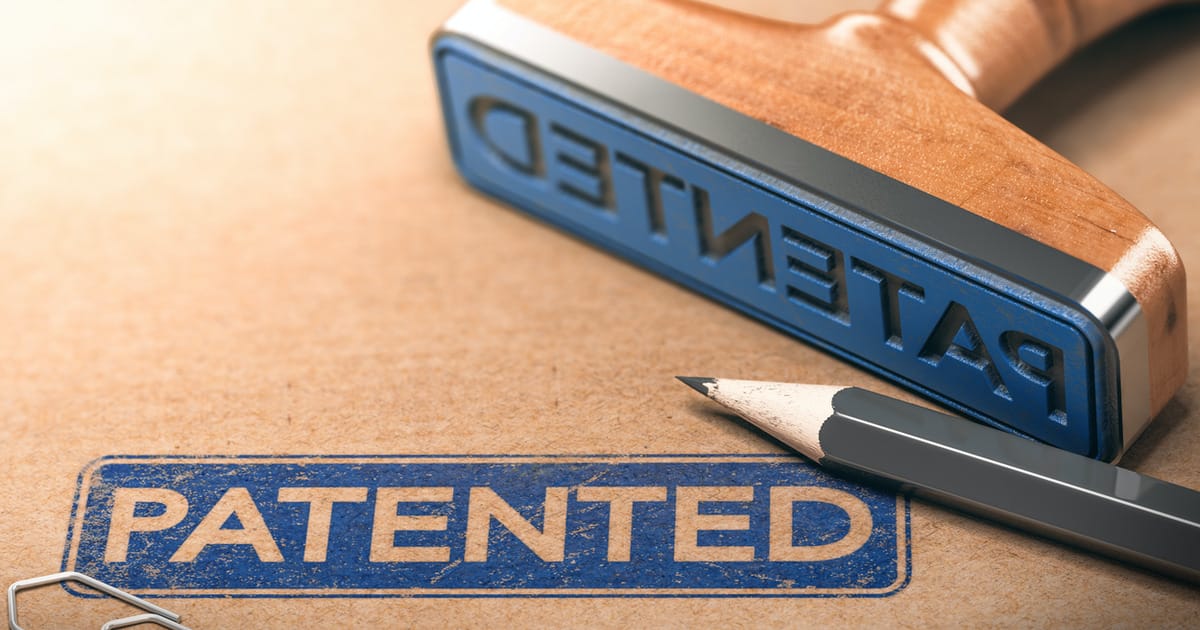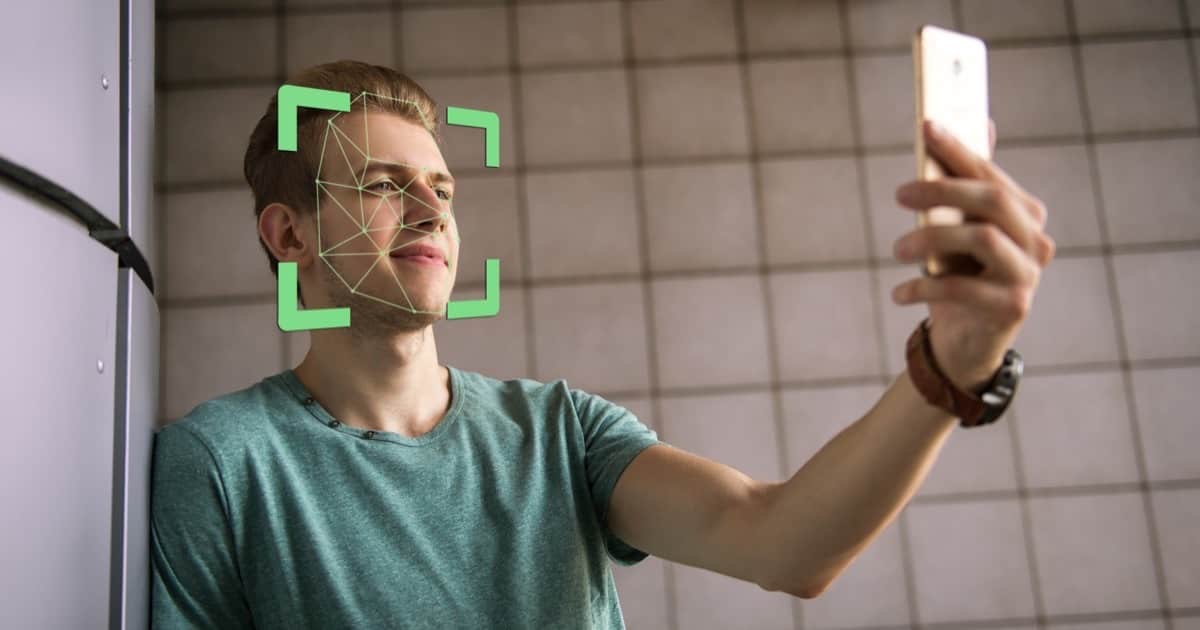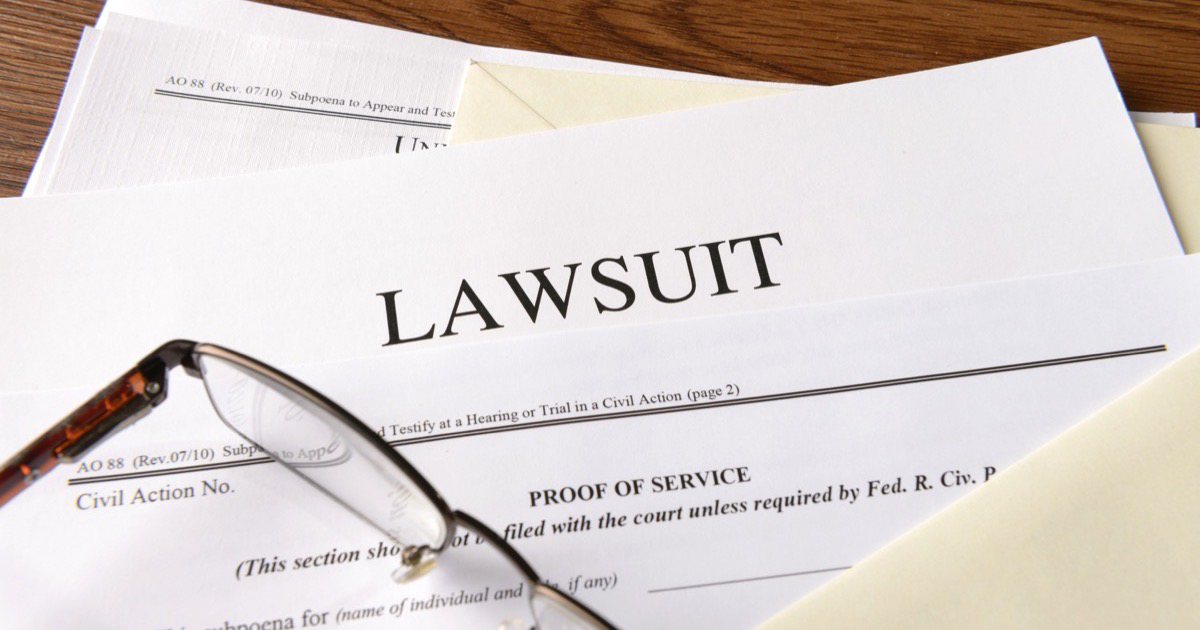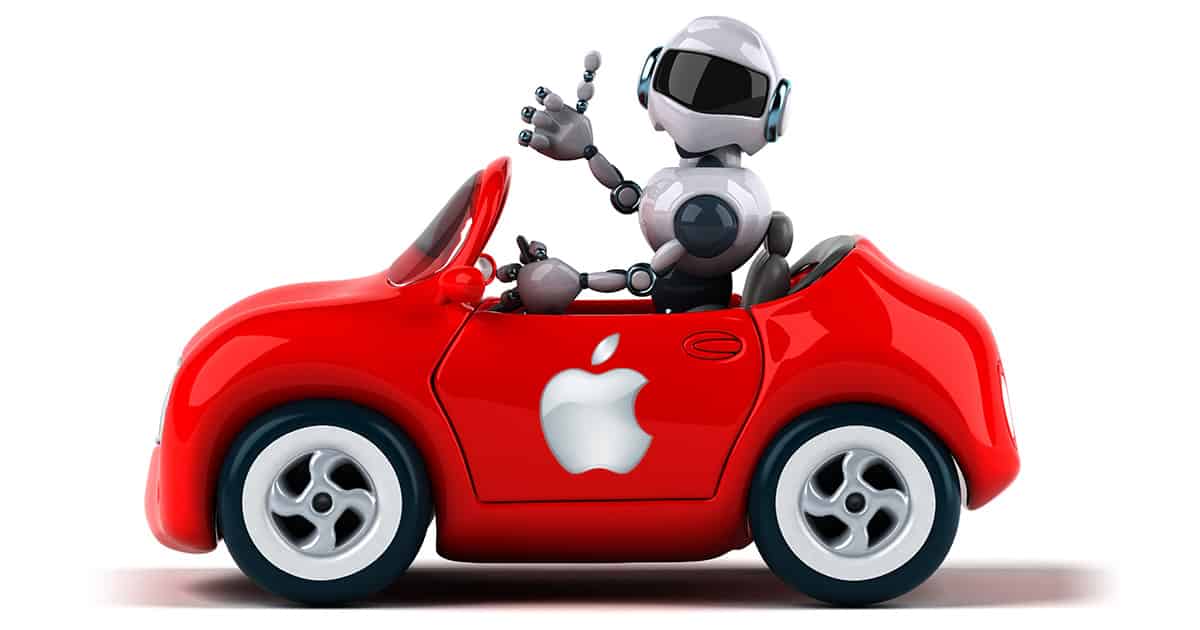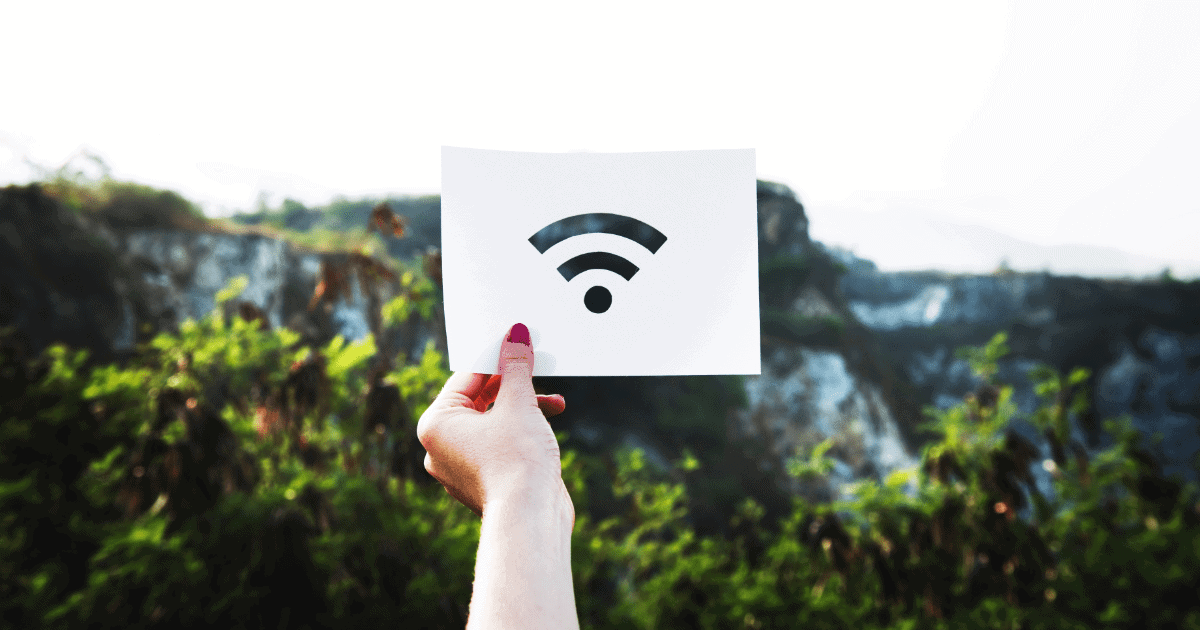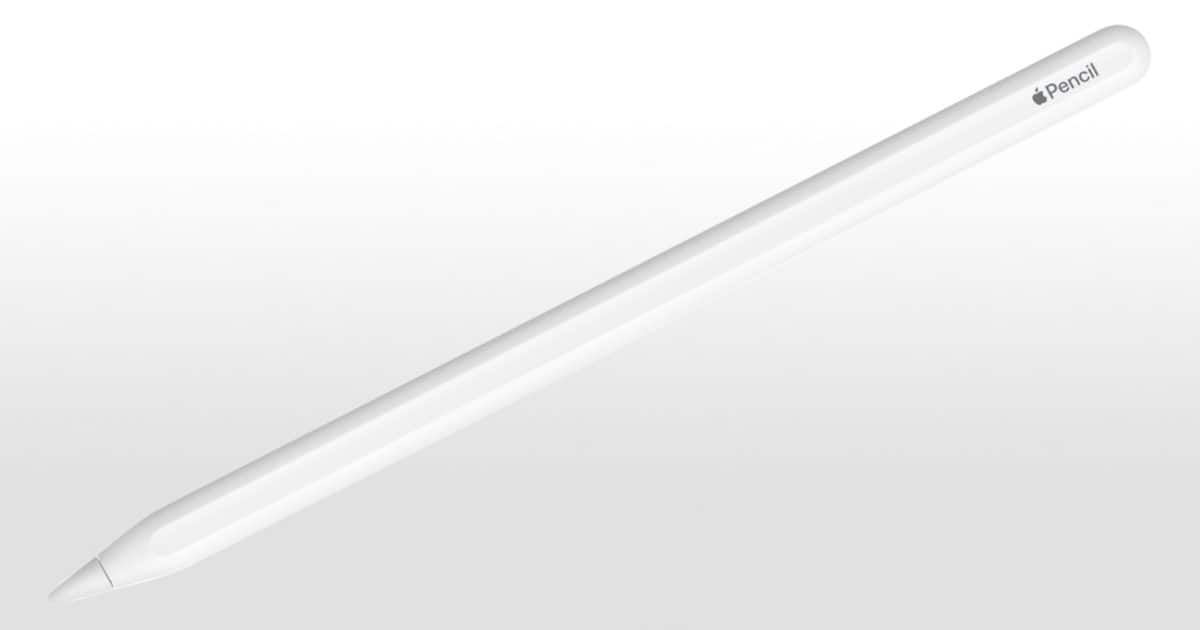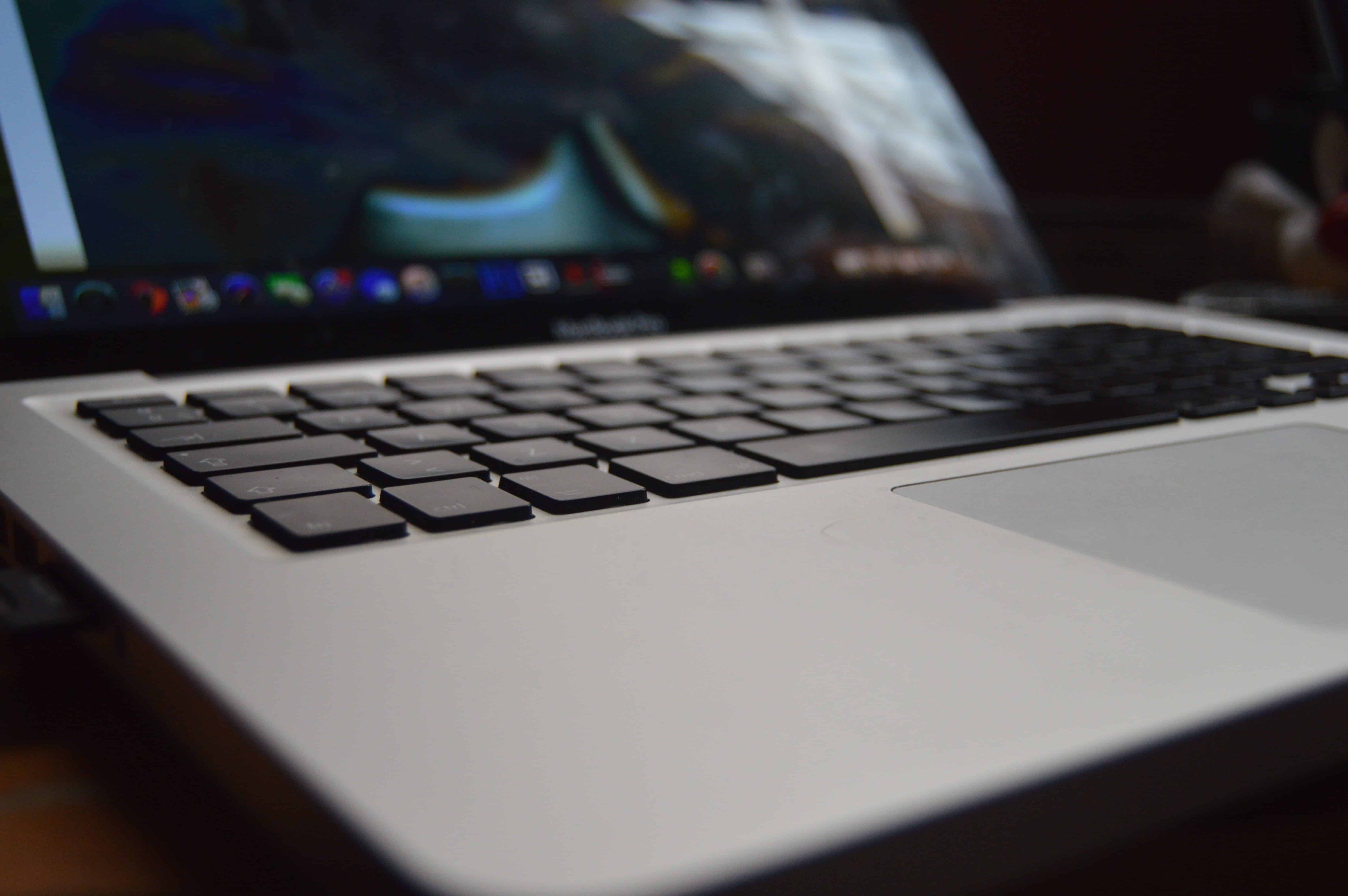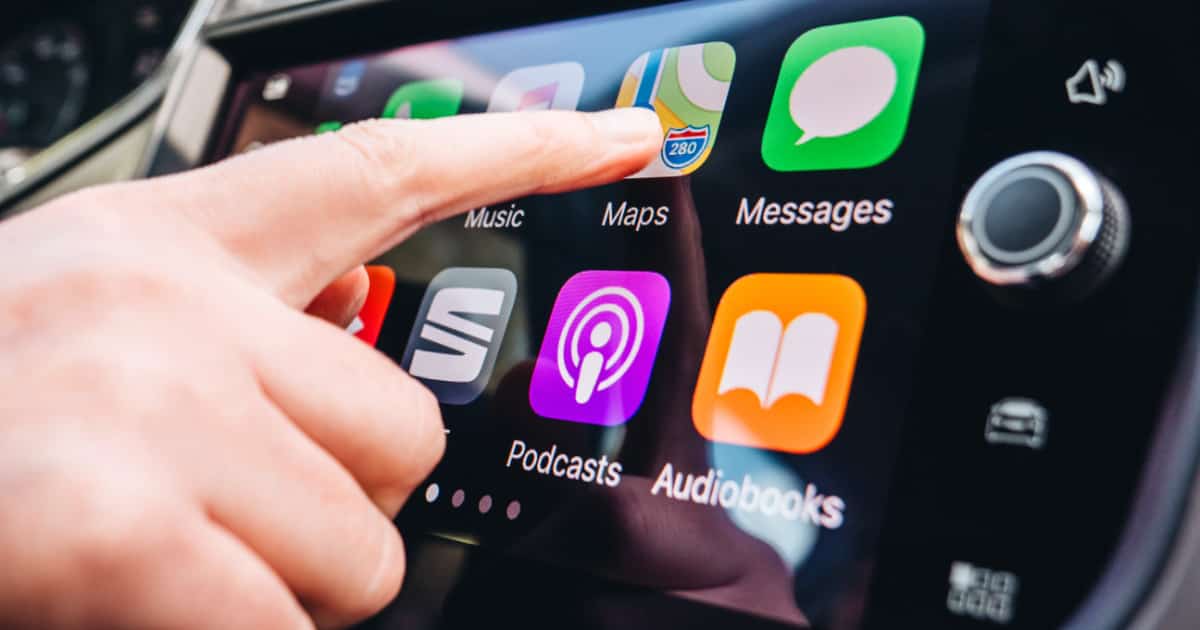Upcoming MacBooks could incorporate multiple discrete haptic areas. That’s according to a new patent, spotted by Patently Apple.
Apple’s granted patent generally relates to electronic devices with one or more input areas that also function to provide spatially localized haptics via the Taptic Engine. “Spatially localized” haptics (or haptic output) generally refers to any haptic signal, e.g., haptic output, that is tactilely perceptible to a person touching a particular active region of the electronic device, but imperceptible outside that region. The surface area over which a single haptic output is perceptible is referred to as a “discrete haptic region.” There may be any number of discrete haptic regions in an input area of a laptop computing device. The discrete haptic regions may be separated from each other, or they may overlap. Either way, they remain discrete haptic regions each associated with an individual haptic actuator. An “input area” is a structure or surface configured to accept a user input.
